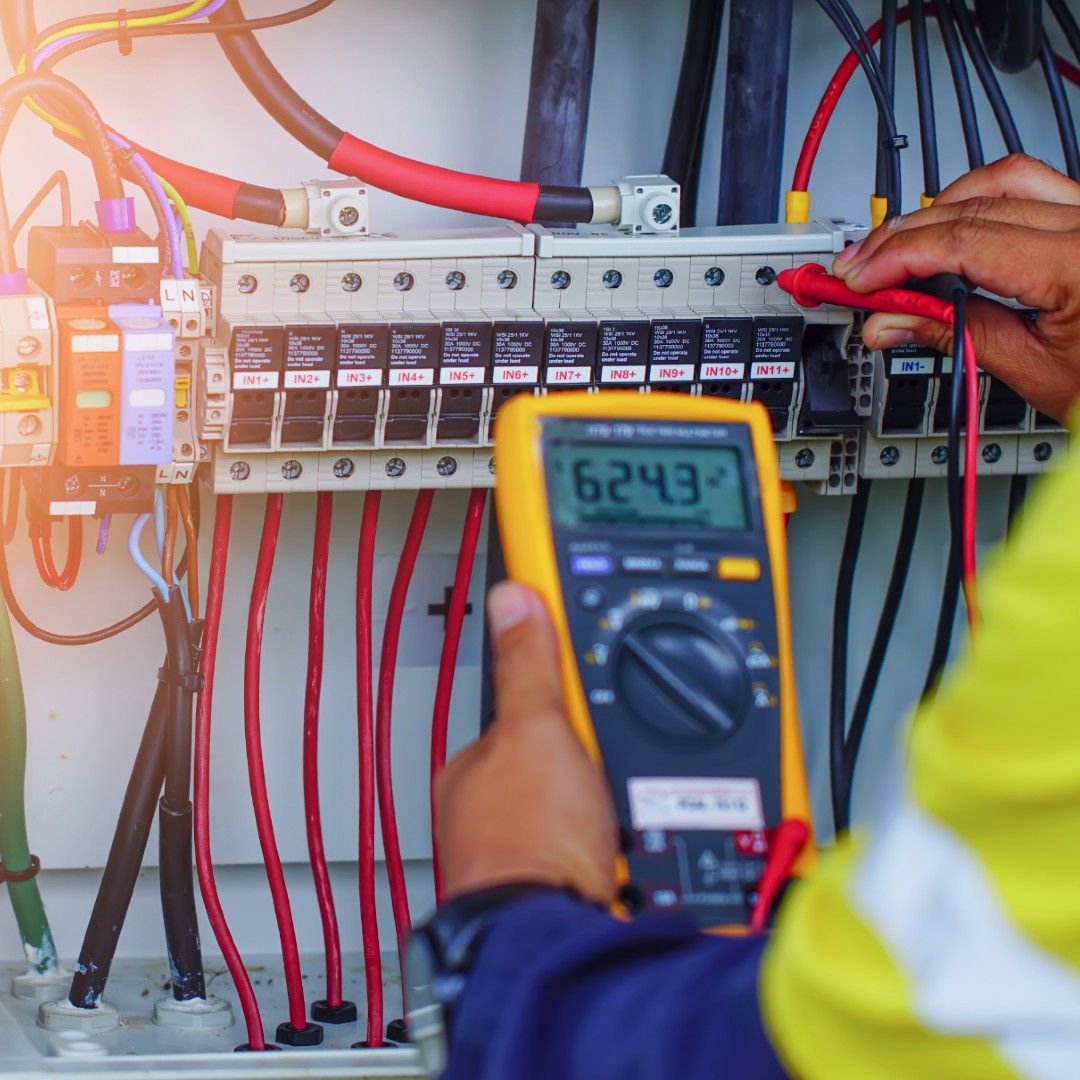
If your business is classified as a large user, there is a big chance that you have heard of the term ‘power factor’. Understanding power factor and, more importantly, how to measure it, is vital for reducing your energy costs! This article will cover the basic principles of demand that will allow you to understand power factor.
What is demand?
To understand power factor, you must first have some knowledge of demand. This is because power factor is a ratio of different measurement units for demand.
Demand refers to the amount of instantaneous power drawn from the grid. Depending on your tariff and retailer, you may be charged for the highest amount of power drawn over a pre-determined period of time. The highest demand over a period of time is referred to as the ‘peak demand’. This is usually measured as your highest spike of energy use per month (as a 30-minute average) and is charged at $/unit of power (in kW or kVA). For more information on the charging criteria, see your retailer’s website.
The graph below shows an example of trends over a month, with the highest spike labelled. This labelled spike would be the peak demand for the month and would be the amount charged on the bill.

Your energy use profile may be different to the one displayed above, depending on how you use energy. Knowing your energy profile is invaluable, particularly for determining your demand!
What is kW and kVA?
The ‘real power’ used by a piece of equipment to provide the required work is measured in kilowatts (or kW). For example, this may be the power provided to an electric water heater. However, for electrical equipment (such as electric motors as one example) there is often an additional power drawn due to the alternating nature of electrical currents. This means that there is a small amount of extra power provided by the grid in order to run equipment. This power is referred to as ‘reactive power’ (measured as kVAr). Finally, the combination of the real power and the reactive power is called the ‘apparent power’ (measured as kVA). This concept can be difficult to understand, so a simplified example is given below:

If we split a banana into its parts, we can compare this to the different forms of power.
- The whole banana is the apparent power (kVA) and is the total power delivered by the utility company
- The peel of the banana is the reactive power (kVAr) and is power that does not provide useful work but may still be used for equipment such as motors. Much like a banana peel, reactive power is still added to the total cost even though it is not directly consumed
- The flesh of the banana, or the part of the banana that is consumed, represents the real power (kW) that delivers the required work
Much like a banana, it is important that you do not slip up because you forgot about the peel!
What is Power Factor?
As mentioned, the apparent power (kVA) is the vector sum of the real power (kW) and the reactive power (kVAr). The ratio between these values is known as the power factor.
Power factor ranges from zero to one. A power factor closer to one means that there is less reactive power (kVAr), and the real (kW) and apparent (kVA) powers will be nearly equal to each other.
On the other hand, a power factor closer to zero means that there is much more reactive power, and the apparent power (kVA) will be higher than real power (kW).
This relationship is important if your retailer charges for demand in kVA, as a low power factor will cost you more!
Measuring Your Power Factor
Knowing your power factor will allow you to take steps to reduce or correct it.
In order to determine your demand and power factor, you will likely need smart metering and an online monitoring portal. This monitoring equipment should include demand measurements that can be displayed (often as a graph, as seen earlier in this article).
If you are a large energy user and charged for demand already, the main electricity meter will be a smart meter with this data likely available. In this case you can typically contact your energy retailer and request login details to an online portal or at least a summary of data in 30 minute periods, presented in MS Excel.
Remember that demand and power factor fluctuate depending on what equipment is being used at the time. Also, some retailers will also have fluctuating demand prices (as a time of use or seasonal rate).
If your retailer charges demand in kVA, and your power factor is less that 0.85, it may be worthwhile to investigate the viability of installing a power factor correction unit.